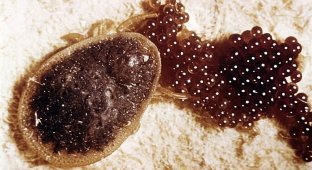Sinocyclocheilus: This Is What a Common Carp Will Turn Into If It Finds Itself in Deep Caves (9 photos)
Once upon a time, in Southwest China, there lived a fish called Sinocyclocheilus. A common, small, no bigger than a palm, carp. Another cog in the ecosystem, easily replaceable and not playing a big role. The fish is so uninteresting that it doesn’t even have an English name, only Chinese and Latin. 
But one day, a random stream of water carried this carp deep underground, into the pitch darkness of karst caves. And he went and survived. What’s more, the little carp found another lost one here and left offspring with her. Over time, a stable population of underground inhabitants arose there, which began to adapt to completely new conditions. Today, their descendants look like this: 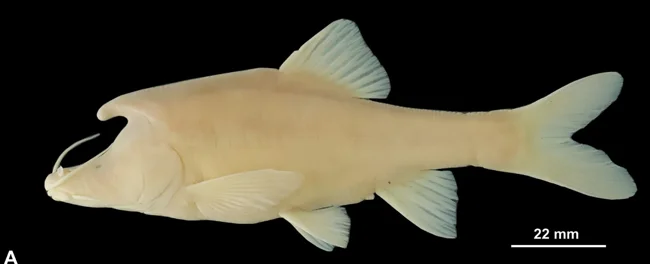
Would you be able to recognize a carp in it?
The small green-brown scales thinned and became transparent, revealing pale skin and pink blood vessels to the outside observer. The fish's eyes decreased in size, they almost lost their sight, but acquired antennae, like catfish. The jaws stretched out so much that they began to resemble a bird's beak! A strange fatty hump formed on the back. In some species of underground fish, it has turned into a horn, the purpose of which is still unknown. 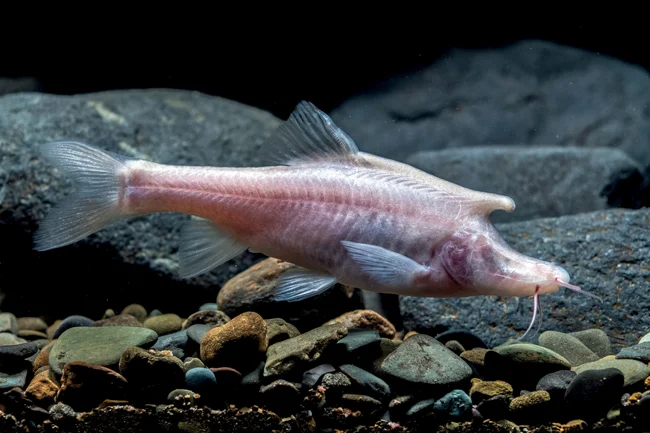
Did you order a ghost fish?
And you know what's most interesting? The terrestrial Sinocyclocheilus have not gone anywhere. They still inhabit the ponds and lakes of China, feed on vegetation and do not even suspect their underground relatives. In fact, the genus of fish has divided into 2 branches that have adapted to completely different conditions. 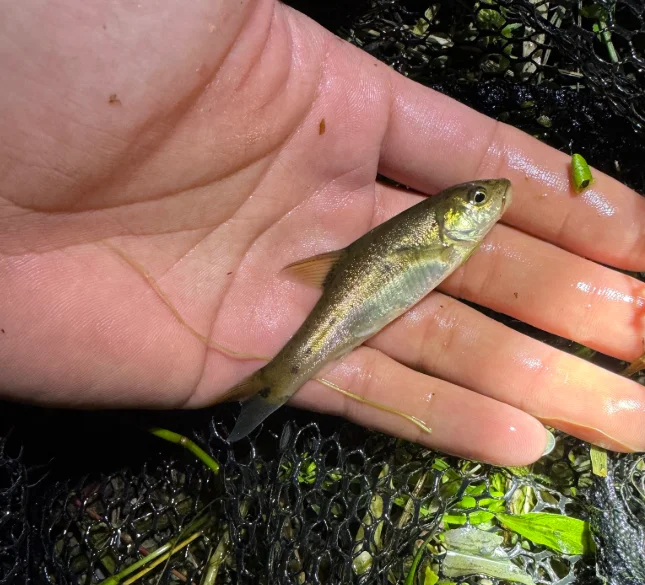
I found out that I have a huge family!
And this state of affairs is simply paradise for ichthyologists and evolutionary biologists. After all, they can describe all the differences that arose in underground fish under the influence of environmental conditions! And although cave species are still poorly studied, even the first scientific data is of interest. 
Typical habitat of underground fish.
We know that underground fish have completely lost their circadian rhythms - they sleep until they are completely rested, and are active until they are completely tired, regardless of the time of day, water temperature and amount of food. Their diet has also changed. Since there is no vegetation underground, cave fish were forced to become omnivorous animals with a bias towards predation. 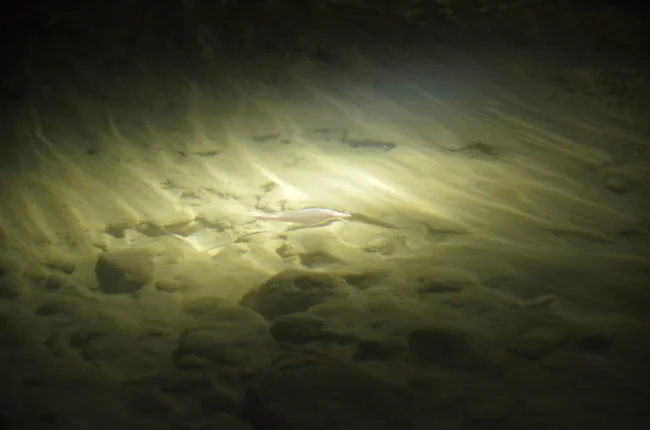
Sinocyclocheilus swims around an underground lake in search of goodies.
And the change in diet has led to a serious change in the intestinal microflora. Symbiotic bacteria are an integral part of the digestive system of any self-respecting multicellular animal. Only sponges don't have them, and even then no one can give you a 100% guarantee. After all, microflora allows you to produce vitamins and enzymes that the body itself is unable to obtain. 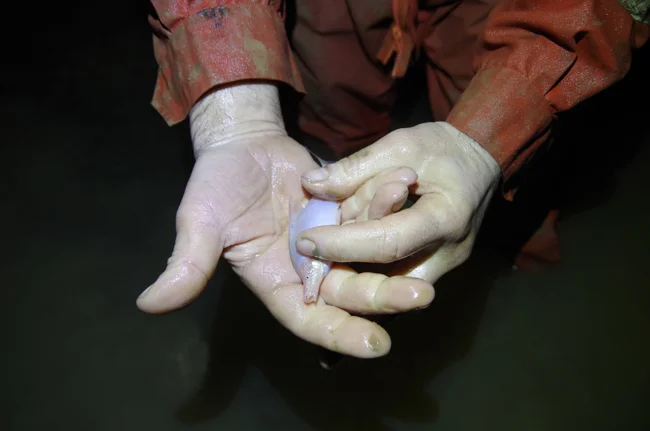
Underground fish are slightly larger than their land-based counterparts, up to 24 centimeters in length.
And when comparing the bacterial diversity of the two branches of the genus, it turned out that underground fish have a much more complex and diverse intestinal ecosystem. One of the reasons for this is a greater variety of food. Underground species experience a chronic calorie deficit, so they have long learned to eat everything that is not nailed down. 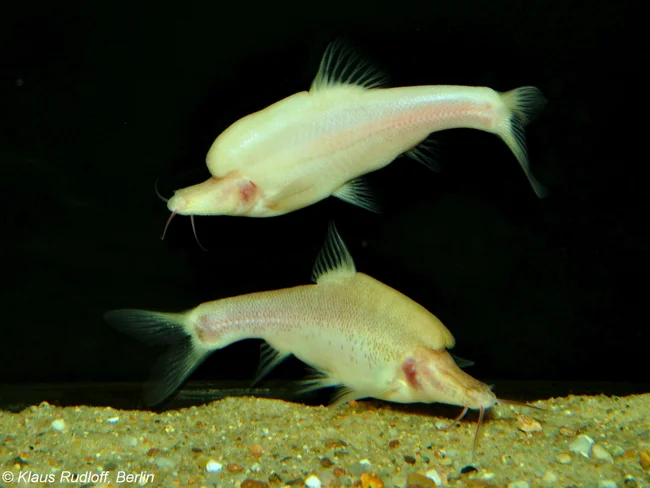
Otherworldly aesthetics are also aesthetics.
But the second reason is much more interesting. It turns out that a significant part of the microflora of underground carps consists of bacteria that break down various toxic filth into harmless metabolites. This is probably due to the disgusting quality of water in underground reservoirs. Stagnant lakes of karst caves become the last stop for toxic substances produced by people and nature. 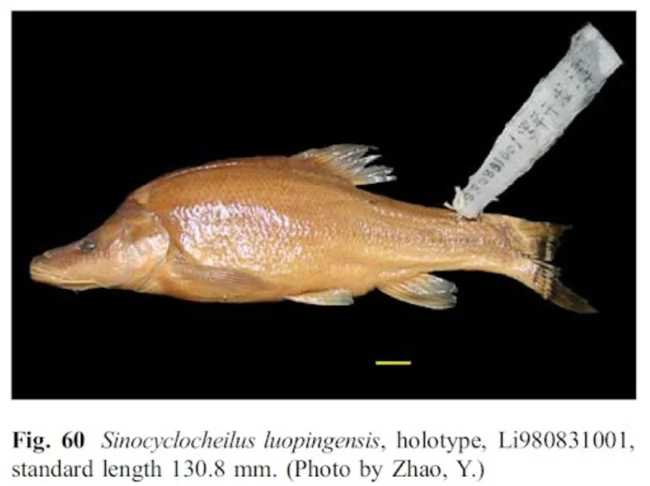
In photographs from museum collections, fish may look red or brown. But this is not their natural color! Some preservative solutions simply change the colors of the preparations stored in them.
Now it is almost impossible to recognize carp in the underground half-blind fish. But this is how evolution works. Life always adapts to new conditions, even if it has to change completely for this.



















